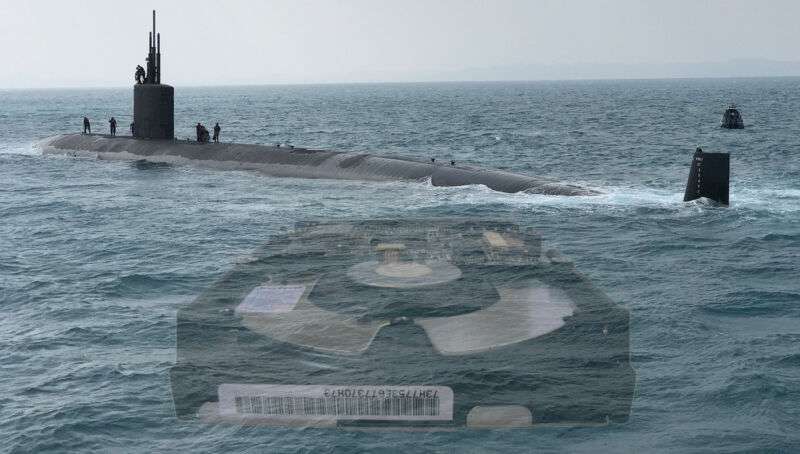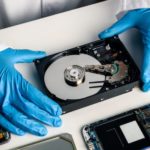
Buyer beware—that 2TB-6TB “NAS” drive you’ve been eyeing might be SMR
Hard drives were already bad at random access I/O—but SMR disks are worse. …

reader comments
8 with 7 posters participating
Storage vendors, including but reportedly not limited to Western Digital, have quietly begun shipping SMR (Shingled Magnetic Recording) disks in place of earlier CMR (Conventional Magnetic Recording) disks.
SMR is a technology which allows vendors to eke out higher storage densities, netting more TB capacity on the same number of platters—or fewer platters, for the same amount of TB.
Until recently, the technology has only been seen in very large disks, which were typically clearly marked as “archival”. In addition to higher capacities, SMR is associated with much lower random I/O performance than CMR disks offer.
Hey, is that a periscope?
Storage vendors appear to be getting much bolder about deploying the new technology into ever-smaller formats, presumably to save a bit on manufacturing costs. A few weeks ago, a message popped up on the zfs-discuss mailing list:
WD and Seagate are both submarining Drive-managed SMR (DM-SMR) drives into channels, disguised as “normal” drives.
For WD REDs this shows as EFRX (standard drive) suffix being changed to EFAX suffix (DM-SMR) […] The only clue you’ll get about these drives being SMR is the appalling sequential write speeds (~40MB/s from blank) and the fact that they report a “trim” function.
The unexpected shift from CMR to SMR in these NAS (Network Attached Storage) drives has caused problems above and beyond simple performance; the user quoted above couldn’t get his SMR disks to stay in his ZFS storage array at
Continue reading – Article source




